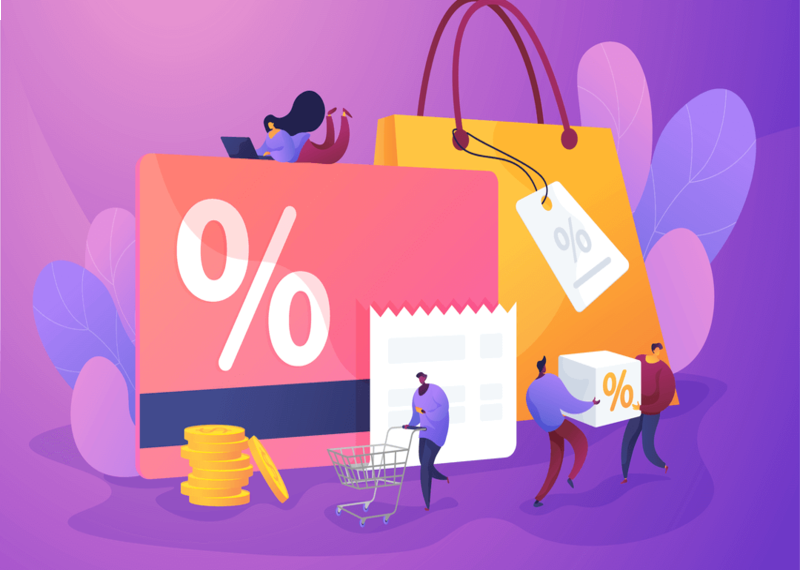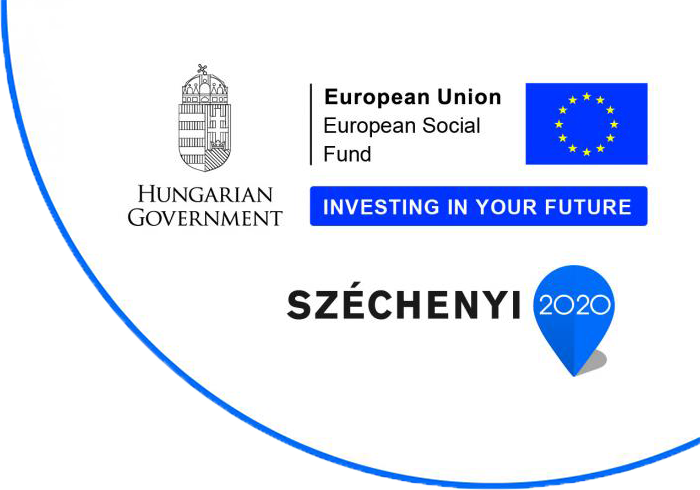10 questions before you start a loyalty programm

Loyalty programmes are known to improve the brand experience for more than 80% of customers. But you need to ask the right loyalty program questions before you start setting up your rewards program, otherwise it may not be successful.
1) Goal: What do you want to achieve?
It is important to clarify the reason for launching your loyalty scheme.
Answer these questions about customer loyalty: Why do you want to start a loyalty programme? What is the business objective behind your decision to launch a loyalty programme? List your answers and then rank them in order of importance.
Here are some typical answers:
- To gain more members
- Increase the frequency of purchases
- Increase overall shopping cart value
- Increase the number of frequent shoppers
Sometimes, especially for larger companies, these customer loyalty questions are not easy to answer and may require business justification to get all levels of approval.
2) Numbers: how will you measure your results?
A goal means nothing without accurate numbers.
Where are you now in terms of numbers? What do you want to achieve with your customer loyalty programme? What is the timetable?
A numbers-based plan for the coming months will show you what return on investment (ROI) your loyalty program's initial setup has delivered, and in the long run, this will fuel and focus your improvements.
3) Focus: who is the target audience for your loyalty programme?
Surveys show that 65% of customers like loyalty programmes. These programmes have a huge target audience. However, don't tailor your loyalty programme to everyone. Why?
Because not all customers are the same. They want different things from you. A returning customer may appreciate having their reviews valued, while a new customer may be more interested in discounts.
Start by selecting just one customer segment and then think about how you can use them to achieve your goals.
Choosing just one segment also means you may not be able to make all your customers happy. Once you have a polished strategy for one segment, you can target the other customer segments.
4) Money: how much will you spend on your programme?
Running a loyalty program costs money. The rewards are not the most expensive part. What can really burn money is the time and effort you put into building and launching the program.
And advertising is not even part of the picture! If you have a loyalty program, you should be talking about it on every channel where your business is featured.
A successful loyalty program is built on a budget that calculates both predictable and unpredictable costs.
5) Technology.
Developing a loyalty programme is not only a marketing or business strategy challenge, it is also a technical challenge.
Building your own platform is fraught with uncertainty, failure and endless trial and error. You have to spend a lot of time figuring out what works and what doesn't. On the other hand, choosing a loyalty software can be a better choice.
It will have more advanced loyalty logic. It will connect to your databases and systems so you can fully integrate with your marketing automation, online store and POS. You'll have everything you need from intelligent loyalty logic to reward management and reporting.
If you decide to use a loyalty management platform, you'll need either an IT team or a systems integration agency to implement it.
6) Actions.
The best thing about loyalty programs is that they encourage a wide range of customer actions. Purchases are important, but other customer actions matter too.
Do you want customers to recommend your most popular product to newcomers? Fill in the loyalty programme questionnaires? Encourage long-time customers to write reviews about products they have purchased using the "Encouraged Reviews" feature. Want customers to spread the word about your company? Then reward them for doing so with the "Friendly Referral" feature.
Reward your audience for exercising, downloading the mobile app, reading newsletters and more.
7) Incentives: why will people do what you want them to do?
People will only do what you want them to do if they feel compelled to do it. But offering free stuff and discounts does not ensure real commitment. If customers get better offers elsewhere, they will leave you.
That's why gamification can be your biggest ally here. If customers can earn points, get rewards, achieve customer status and see their ranking on a leaderboard, they'll be eager to play.
8) API: How will you link your loyalty system to your existing online store or POS?
You can purchase loyalty software or create your own. Either way, you need to integrate it with your ecommerce system and POS.
For example, points offered for online product purchases should appear at checkout. Or, if the cashier scans the ID (be it a plastic card, Mobile Pass or QR code on the phone screen), the discount should be applied through the POS - so it's best tailored to the shopper.
You or your system integrator can connect the loyalty management platform to your existing systems via pre-built integrations or API endpoints.
9) Promotion: how will you engage people in the long term?
Loyal customers tend to have a higher purchase frequency and lifetime value, spending more on brands they are committed to. According to a McKinsey survey on loyalty programmes, members are 30% more likely to spend more than non-members. But the fact that you have a loyalty program doesn't attract customers. You need to inform, educate and engage them.
So here comes the obvious: promote, promote, promote. Promote your program with banners, newsletters, calls to action, Facebook ads, etc. Promote it in your physical stores. The key is to make your program visible to those who matter.
10) Set it up: how do you optimize your loyalty program based on feedback?
So you've successfully launched your loyalty program; but the work doesn't end there!
Imagine that your loyalty programme is a new product; a product that needs to be polished.
Don't hold yourself back from seeking and integrating customer feedback. If there are weak points, modify existing promotions or rewards and create new ones to keep it fun.
Running a successful loyalty program is always a learning process.
